Instructional Series
This site will be closing soon as its content has moved to Tāhūrangi.
2024 titles are available on Tāhūrangi. Use the filters to find specific series.
Find Literacy resources at Tāhūrangi - Literacy.
Welcome to the English medium literacy instructional series teaching and learning resources for years 1 to 8.
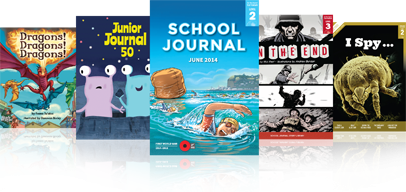
- Gold
- Purple
- Red
- Turquoise
- Green
- Yellow
- Blue
- Orange
- 2
- 3
- 4
- 1
- 4
- 6
- 5
- 7
- 3
- 8
- 1
- 2
- English
- Social Sciences
- Science
- Health and Physical Education
- Technology
- The Arts
- Mathematics and Statistics
- Learning Languages
- Non-fiction
- Fiction
- None
- Nature of science
- Living world
- Nature of technology
- Geometry and Measurement
- Number and Algebra
- Statistics
- Planet Earth and beyond
- Technological knowledge
- Technological practice
- Material world
- Physical world
- Engage with science
- Use evidence
- Critique evidence
- Gather and interpret data
- Interpret representations
- Articles
- Stories
- Poems
- Plays
- Comic
- Māhuri | Sapling
Search results
204 items - Showing 21 - 30
-
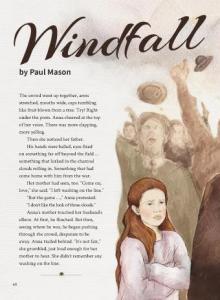
Windfall
by Paul Mason
illustrations by Leilani Isara
Anna’s father has come home from the war – or has he?
-
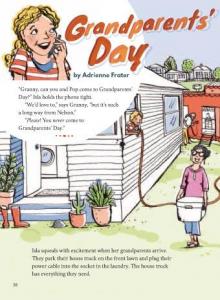
Grandparents’ Day
by Adrienne Frater
illustrations by Kat Chadwick
For Isla’s grandparents, the long trip from Nelson is only the beginning.
-
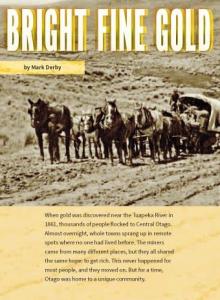
-
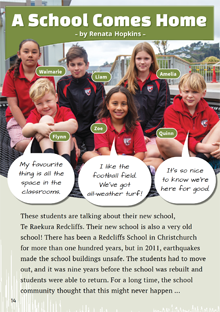
A School Comes Home
by Renata Hopkins
This recount describes a campaign by Redcliffs School and its local community to save their school after it was closed because of damage from the 2011 Christchurch earthquakes. “A School Comes Home” includes comments from past and present students and a timeline of events.
Gold 2
-
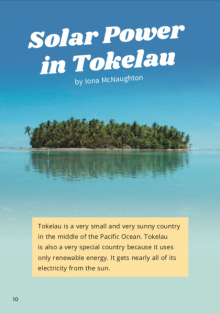
Solar Power in Tokelau
by Iona McNaughton
This report highlights the world-first achievement of Tokelau in using renewable energy sources (solar energy and coconut oil) for all its electricity. It explains why Tokelau decided to switch from using fossil fuels and includes comments from a Tokelau family that illustrate the impact of the change.
-
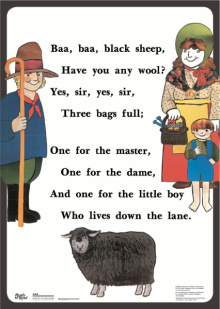
Baa Baa Black Sheep
Poem card
A well-known favourite that most new entrants will know from pre-school and be able to sing along with from their first day at school. There are some old-fashioned words to discuss – “dame”, “lane”, “master”, and “sir”. (Part of Set 1.)
Download the full size PDF using the Text link.
-
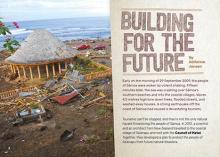
Building for the Future
by Adrienne Jansen
The Samoan village of Sa’anapu is under threat from tsunamis, cyclones, and rising sea levels. To protect their village, the Council of Matai are working with an architect and scientist from New Zealand. Together, they’re drawing on cultural, scientific, and technological knowledge to build a safer future for Sa’anapu.
-
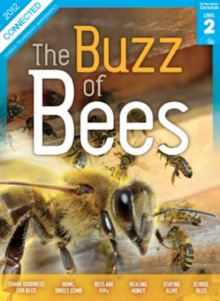
Thank Goodness for Bees
by Bronwen Wall
“Thank Goodness for Bees” explains how honey bees differ from similar insects. It describes how honey bees have adapted to be able to collect nectar and pollen from flowering plants and how they turn the nectar into honey. It also explains how bees produce wax to construct honeycomb to store their honey.
-

Kōpūwai and the Clever Girl
retold by Brian Potiki
illustrated by Scott Pearson
This story is from Rapuwai, an ancestral iwi of Ngāi Tahu. It is set on the banks of the Mata-Au/Clutha River, in Otago, and comes from a time long ago when moa roamed the land and giant tuna swam in the rivers.
-
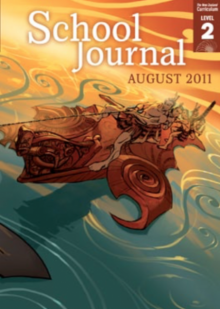
Power
by Alex Taylor
Where does power come from? Starting with some familiar electrical structures, the article traces the source of the power needed to charge an electric toothbrush. It follows the journey back from the power outlet in the wall, through roadside structures and transmission lines, to the waters of Lake Taupō.








 Literacy Online home
Literacy Online home
